Home>Ideas and Tips>Indoor String of Hearts Care: Delicate Trailing Plant Guide


Ideas and Tips
Indoor String of Hearts Care: Delicate Trailing Plant Guide
Published: September 3, 2024
Learn how to care for your Indoor String of Hearts with our detailed guide. Discover tips on light, soil, watering, and more for a thriving plant.
(Many of the links in this article redirect to a specific reviewed product. Your purchase of these products through affiliate links helps to generate commission for Storables.com, at no extra cost. Learn more)
The String of Hearts, scientifically known as Ceropegia woodii, is a unique and attractive houseplant that has gained popularity in recent years due to its delicate, heart-shaped leaves and trailing vines. This plant is perfect for small spaces and can thrive in indoor environments with proper care. In this article, we will delve into the detailed care requirements for the String of Hearts, including light, soil, water, temperature, and humidity conditions, as well as tips on fertilization, potting, and common problems.
Light
One of the most critical factors in caring for your String of Hearts is providing it with the right amount of light. This plant thrives in bright but dappled, filtered sunlight. Direct sunlight can be too intense and may cause the leaves to become scorched or discolored. Placing your String of Hearts near a south-facing window or using a sheer curtain to filter the sun's rays is ideal.
How to Position Your Plant
To maximize the benefits of filtered sunlight, position your String of Hearts plant in a spot where it can receive indirect light for most of the day. East- or west-facing windows are excellent choices as they provide gentle, consistent light without the harshness of direct sunlight.
Avoiding Overexposure
While some direct sunlight is beneficial, it's crucial to avoid overexposure. If you notice your plant's leaves becoming pale or developing brown spots, it may be a sign that it's receiving too much direct sunlight. Adjust the position of your plant to ensure it receives filtered light instead.
Soil
The String of Hearts requires well-drained soil to prevent root rot and ensure healthy growth. A cacti potting mix is ideal because it is designed to provide excellent drainage while still retaining enough moisture for the plant's needs.
Mixing Your Own Soil
If you're using an ordinary potting mix, you'll need to add components like pumice or perlite to ensure sufficient drainage. These materials help prevent water from accumulating in the soil, which can lead to root rot and other issues.
Soil Composition
When selecting a potting mix, look for one that is specifically designed for cacti and succulents. These mixes typically contain ingredients like sand, perlite, or vermiculite that help in draining excess water efficiently. Avoid using regular potting mixes as they can retain too much moisture, leading to root rot.
Watering
Watering is another critical aspect of caring for your String of Hearts. While this plant is drought-tolerant, it does require more frequent watering than many other succulent species. However, overwatering is a common mistake that can quickly kill the plant.
How to Water Your Plant
To determine when to water your String of Hearts, check the top 2/3 of the soil. If it feels dry to the touch, it's time to water. Dip your index finger into the soil up to the first knuckle and then pull it out. If the soil feels dry, proceed with watering. If it's still moist, wait another day or two before checking again.
Avoiding Overwatering
String of Hearts plants are prone to root rot if they sit in water for too long. Make sure not to leave your plant standing in water; instead, pour away any excess water from the saucer after watering. This will help prevent the roots from rotting and ensure healthy growth.
Watering Schedule
During the spring and summer months when the plant is actively growing, you may need to water it more frequently. In the fall and winter months when the plant is dormant, reduce the frequency of watering. A general rule of thumb is to water your String of Hearts once a week during the growing season and once every two weeks during the dormant season.
Temperature and Humidity
String of Hearts plants can handle temperatures as low as 20 degrees Fahrenheit for short periods but cannot cope with prolonged exposure to cold temperatures. They also don't appreciate high humidity, especially during their winter dormancy phase.
Ideal Temperature Range
The ideal temperature range for your String of Hearts is between 60 to 80 degrees Fahrenheit. This range allows the plant to thrive and grow without experiencing stress from extreme temperatures.
Humidity Levels
While some plants prefer high humidity, the String of Hearts does best in well-ventilated areas with moderate air circulation. Avoid placing your plant in humid environments like bathrooms or kitchens, as this can lead to fungal infections and other issues.
Overwintering
During the winter months, allow the soil to dry out completely. This will help the plant enter dormancy. Gradually reintroduce your plant to warmer temperatures and small amounts of water in the spring as the weather warms up.
Fertilization
Fertilizing your String of Hearts is essential for its growth and health. However, it's crucial to use a fertilizer specifically designed for succulents. Follow the product label instructions for the amount to use, but generally, you should fertilize your plant monthly during the spring and summer months.
Choosing the Right Fertilizer
When selecting a fertilizer for your String of Hearts, look for one that is low in nitrogen. High levels of nitrogen can cause the plant to become overly soft and weak. Instead, opt for a balanced fertilizer that provides equal amounts of nitrogen, phosphorus, and potassium.
Fertilizing Schedule
During the active growing season (spring and summer), fertilize your String of Hearts once a month. In the dormant season (fall and winter), avoid fertilizing altogether as this can cause unnecessary stress on the plant.
Potting and Repotting
String of Hearts plants are prolific growers and benefit from being repotted every few years. Although they can live pot-bound, repotting is necessary when roots poke out of the drainage holes.
When to Repot
The best time to repot your String of Hearts is during the summer months when the plant is actively growing. Spring is also an excellent time to repot as new growth starts.
How to Repot
When repotting your String of Hearts, choose a new pot with generous drainage holes. A terra-cotta pot is ideal as it allows moisture to escape efficiently. Handle the delicate vines carefully to avoid breaking them. If necessary, trim back any overgrown stems before repotting.
Common Pests and Plant Diseases
String of Hearts plants are generally pest-free but can be susceptible to mealybugs, aphids, and scale. These sap-sucking insects can make your plant wilt and look unhealthy if left untreated.
Identifying Pests
Common pests include:
- Mealybugs: These small, white insects can be found on the stems and leaves of your plant. They secrete a sticky substance called honeydew that attracts other insects.
- Aphids: These tiny insects are usually found on the underside of leaves or stems. They can be identified by their pear-shaped bodies.
- Scale: These insects look like small brown or black bumps on the stems and leaves.
Treating Pests
To remove these pests:
- Use insecticidal soap or neem oil to treat infestations.
- For aphids, a steady stream of water can dislodge them from the plant.
Common Plant Diseases
String of Hearts plants are also susceptible to fungal infections like mold and root rot. These diseases can be caused by overwatering or poor drainage.
Preventing Diseases
To prevent diseases:
- Ensure excellent drainage by using well-draining soil mixes.
- Avoid overwatering by checking the soil moisture regularly.
- Provide good air circulation around your plant to prevent fungal growth.
How to Get String of Hearts to Bloom
While the String of Hearts vine does not produce large, showy flowers, its small, demure blooms are quite interesting. These tubular flowers are about an inch long with a bulbous base that forms into enclosed beads, inspiring one of its common names—the rosary vine.
Conditions for Blooming
To increase the chances of blooming:
- Keep your plant healthy by providing it with proper care.
- Give it ample bright, indirect light.
- Feed it monthly fertilizer during the spring and summer months.
When to Expect Blooms
The flowers typically bloom in late summer and fall but can appear sporadically throughout the year. They rarely bloom indoors due to the lack of natural light and temperature fluctuations.
Common Problems with String of Hearts
Despite being an easy-to-grow plant, the String of Hearts can sometimes run into issues. Here are some common problems you might encounter:
Wrinkled Leaves
If your leaves appear wrinkled, it may be a sign that the plant needs more water. However, be cautious not to overwater as this can lead to root rot.
Leggy Stems
If your plant starts looking scraggly or leggy, prune it during spring or summer. Pruning will encourage new growth and keep your plant looking its best.
Root Rot
String of Hearts are prone to root rot if they sit in water for too long. Ensure that excess water is poured away from the saucer after watering.
Slow Growth During Winter
It's normal for your String of Hearts to slow down during winter months. The stems will remain roughly the same length until spring arrives when new growth resumes.
Propagation
String of Hearts are easily propagated from cuttings, tubers produced at the base of leaves, or by seed.
Propagation Methods
- Cuttings: Cuttings from the vine can be rooted with bottom heat. This method is effective but requires patience as it takes several weeks or months for roots to develop.
- Tubers: The aerial tubers (beads) can be planted to produce new vines. Simply press the tuber into the soil of another pot and keep the growing medium moist but not wet until roots develop.
- Seed: Sowing seeds is less common but can be done by planting them in well-draining soil mixes. Keep the soil moist until germination occurs.
Conclusion
Caring for your String of Hearts requires attention to detail but is generally hassle-free. By providing it with proper light conditions, well-draining soil mixes, moderate watering schedules, and regular fertilization during active growth periods, you'll enjoy this beautiful trailing plant's unique charm in your home. Remember to prune regularly to maintain its appearance and avoid common pitfalls like overwatering and poor air circulation. With these tips in mind, you'll be well on your way to becoming an expert in caring for this delicate yet resilient houseplant.
By following these guidelines, you'll be able to enjoy the beauty and charm of your String of Hearts plant while ensuring it thrives in its indoor environment. Whether you're an experienced gardener or just starting out with houseplants, this guide provides comprehensive information tailored specifically for caring for this unique and attractive species.
Was this page helpful?
At Storables.com, we guarantee accurate and reliable information. Our content, validated by Expert Board Contributors, is crafted following stringent Editorial Policies. We're committed to providing you with well-researched, expert-backed insights for all your informational needs.
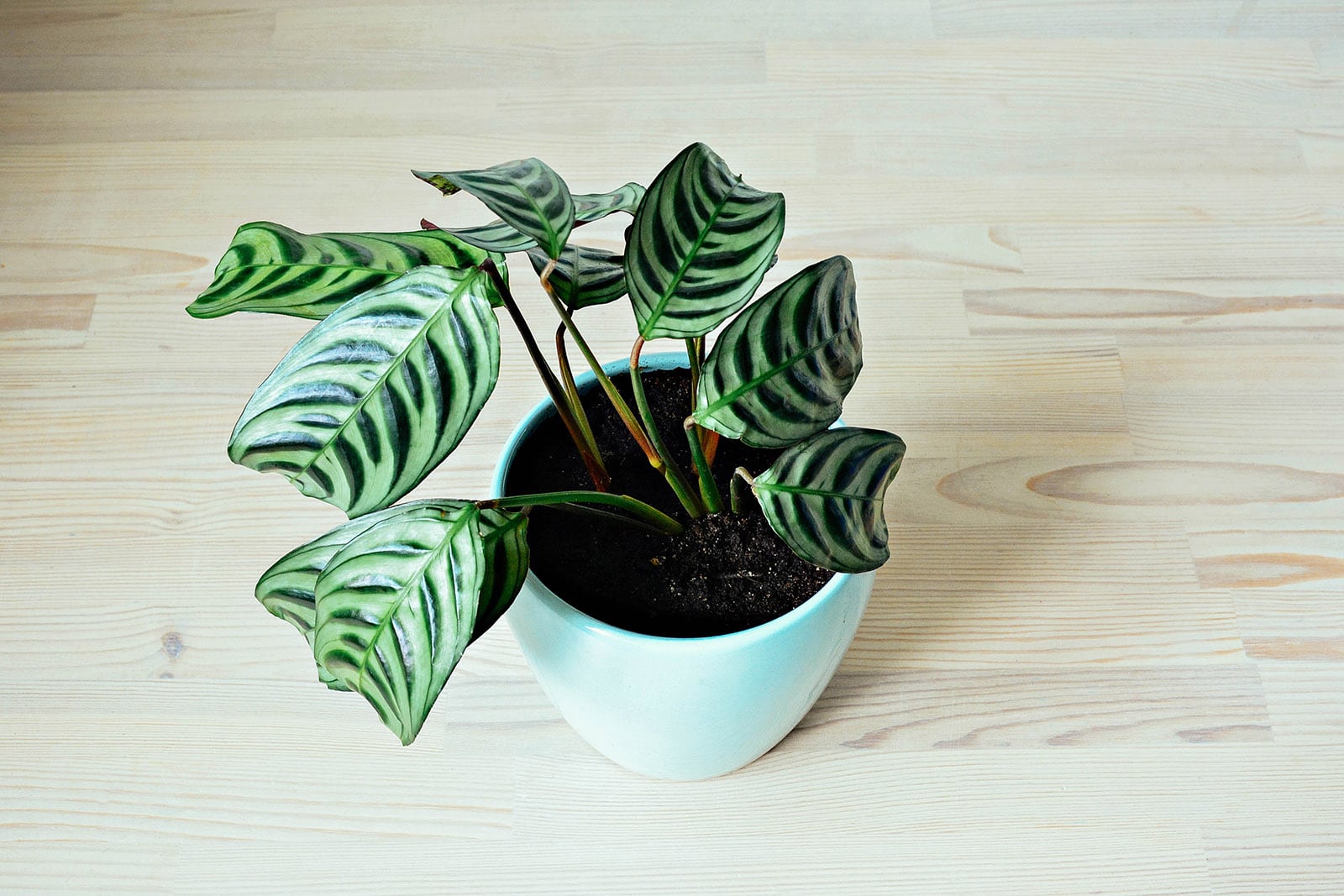
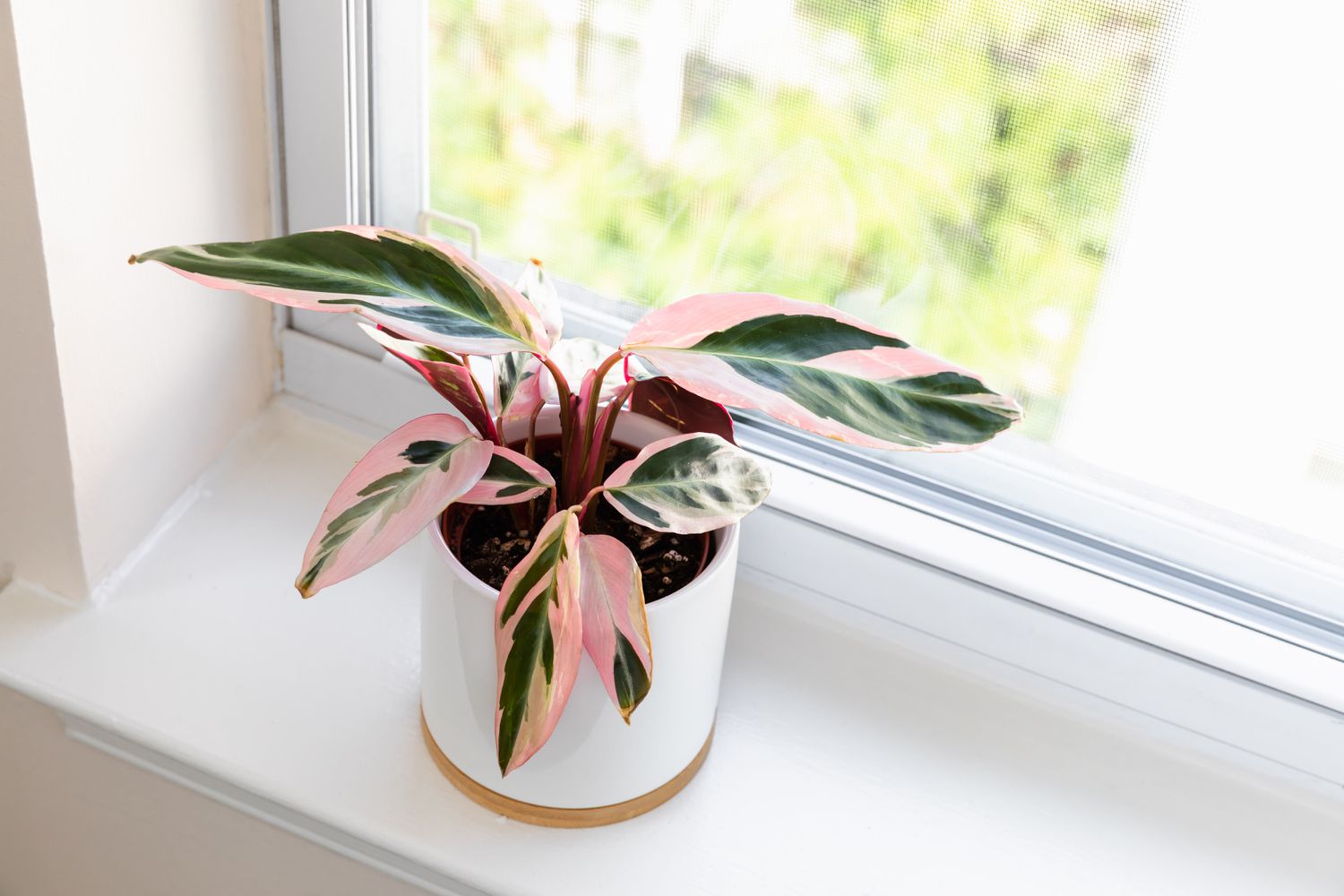
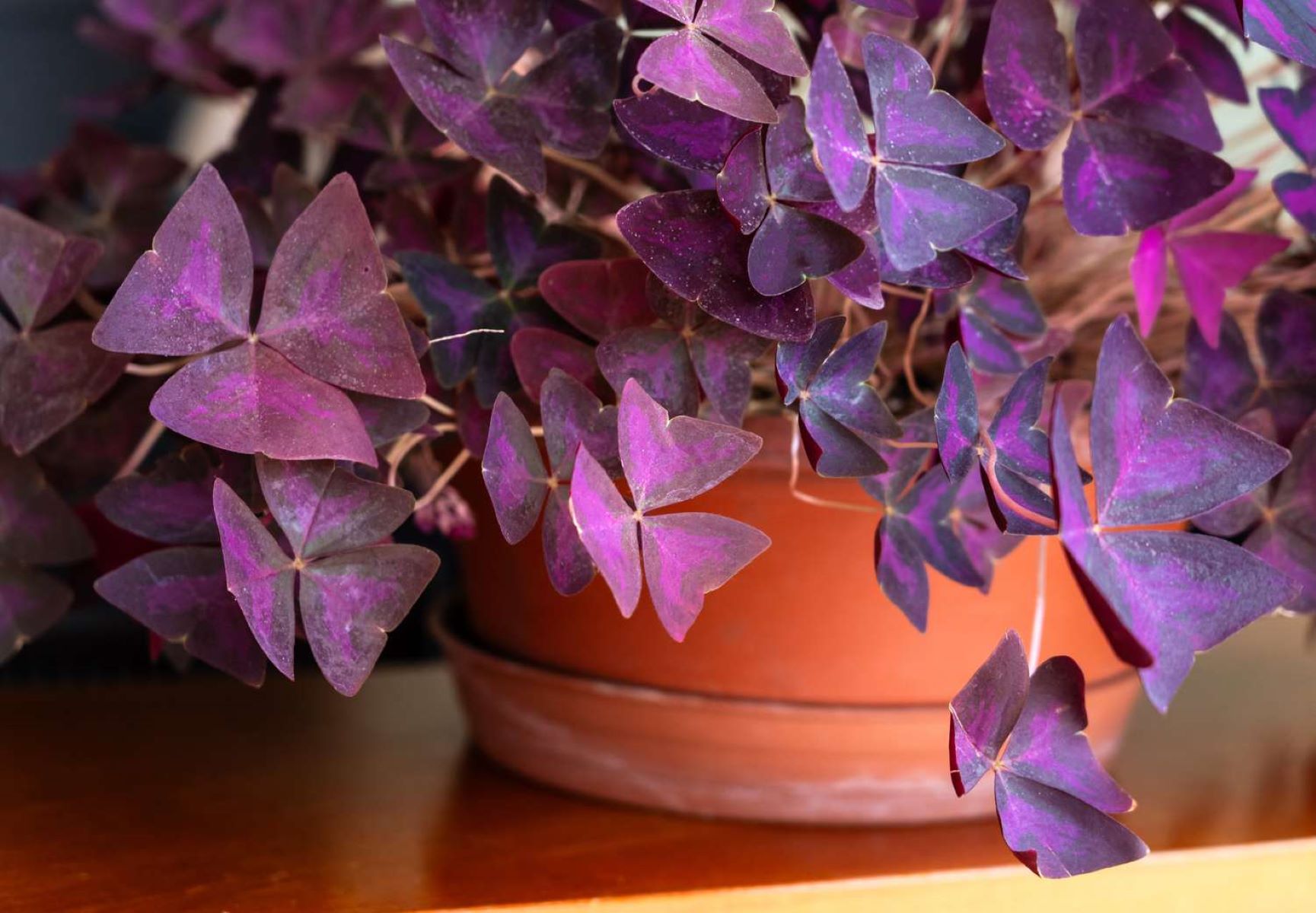
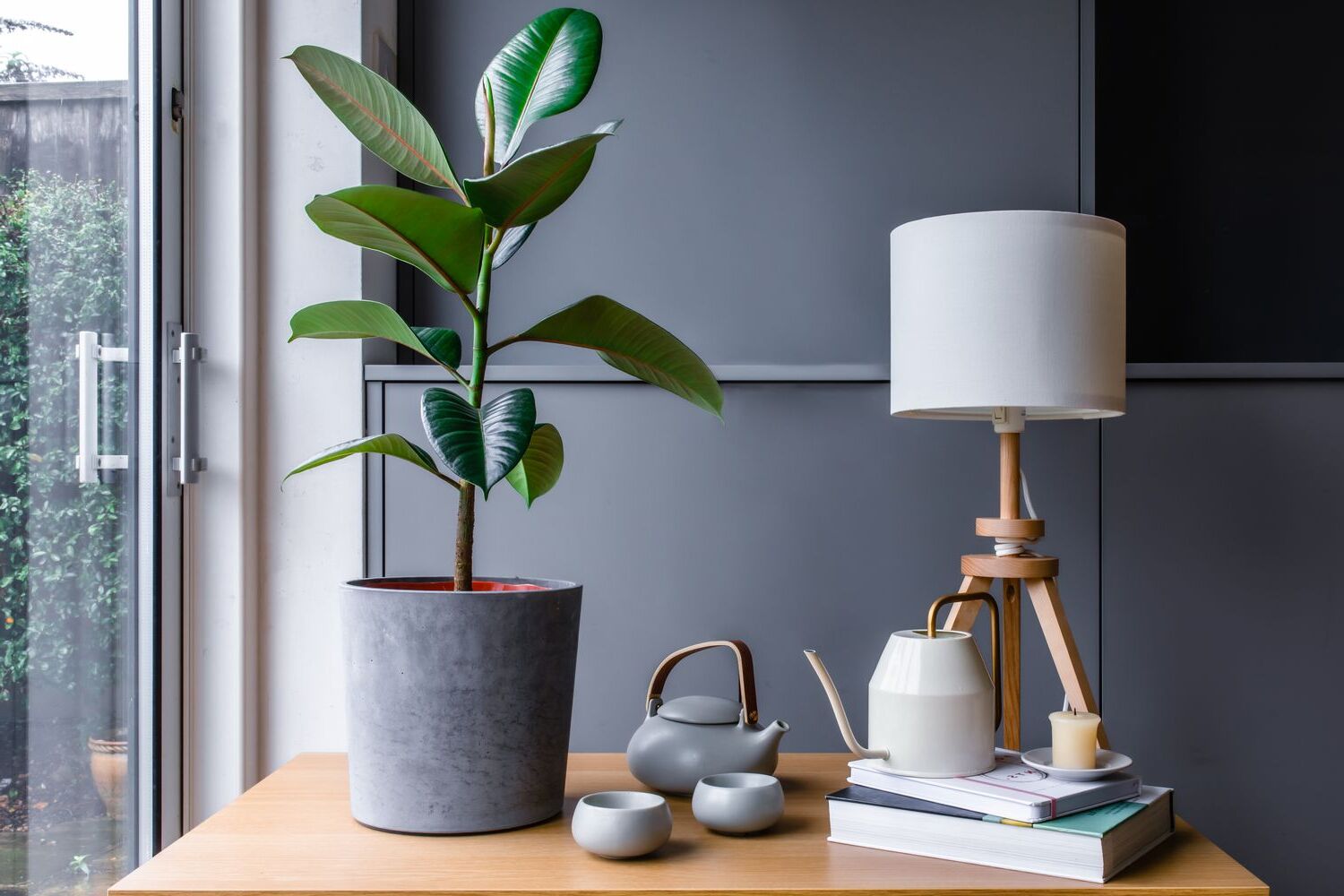
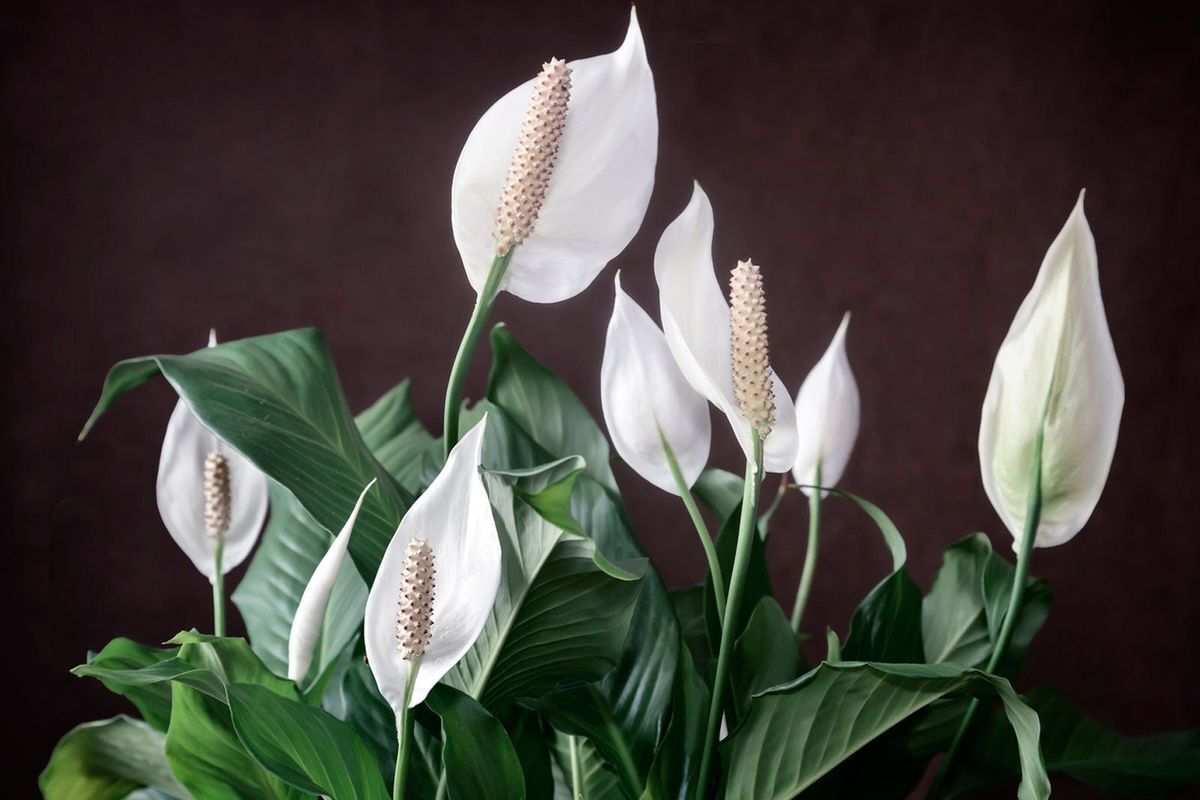
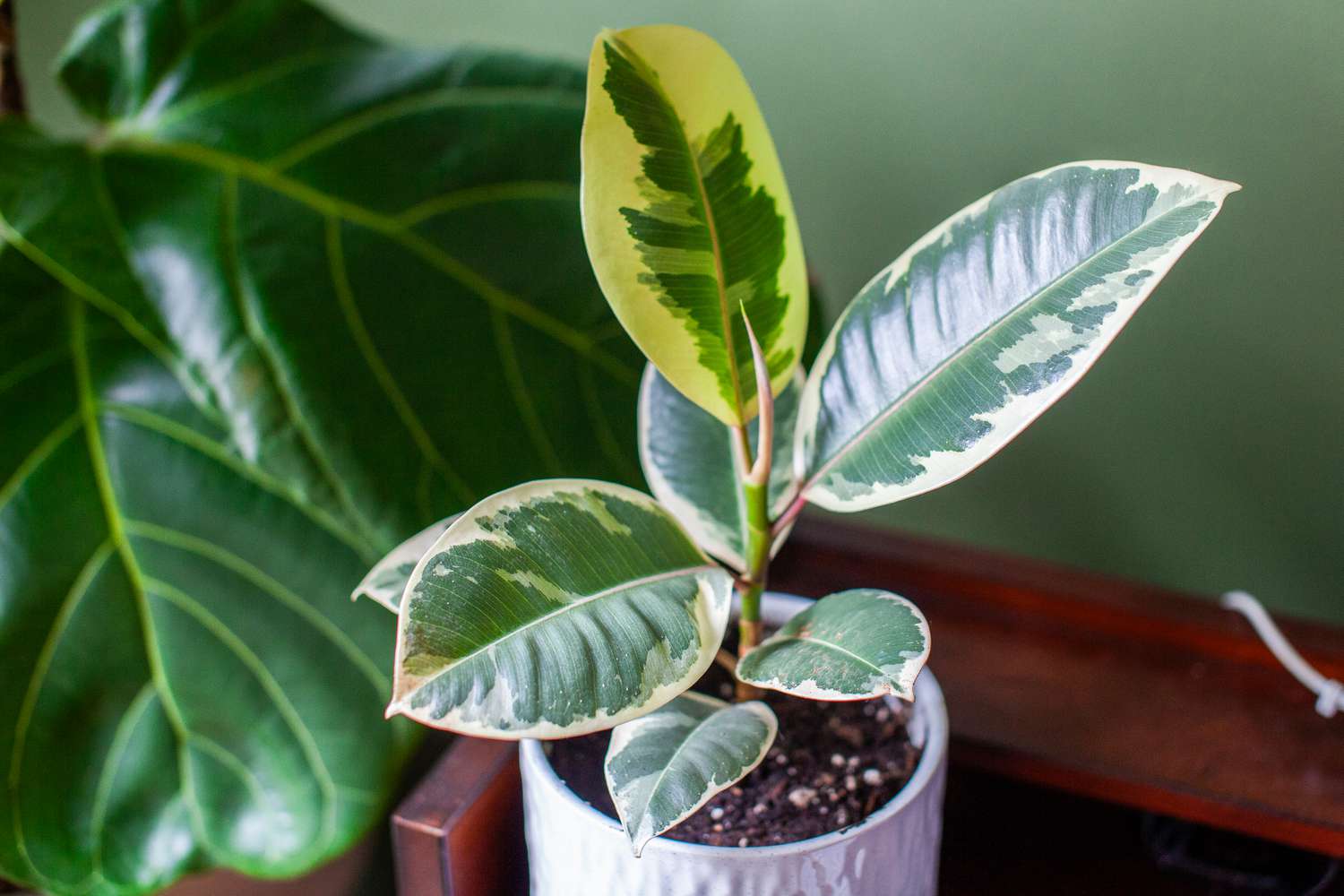
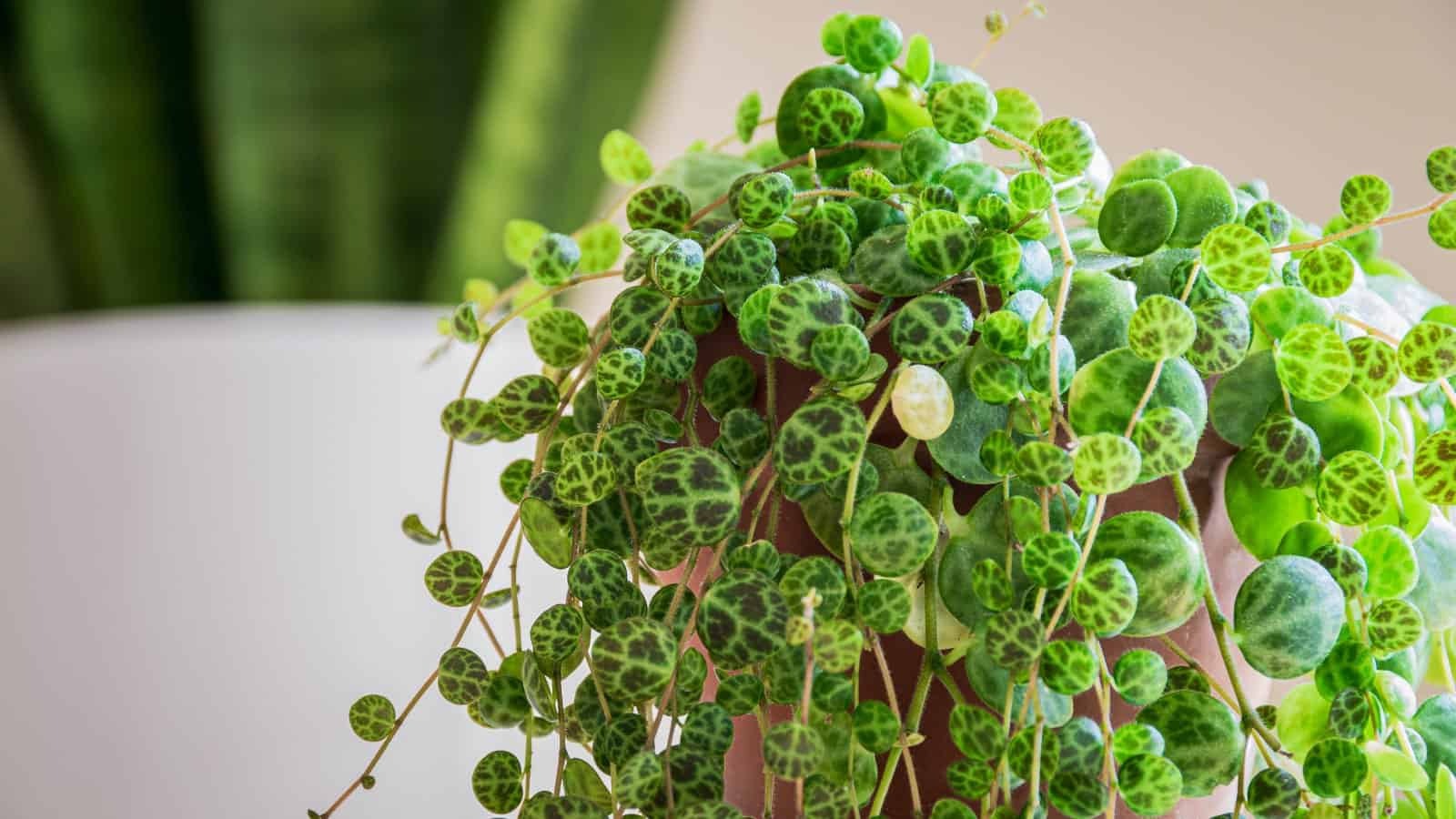

0 thoughts on “Indoor String of Hearts Care: Delicate Trailing Plant Guide”